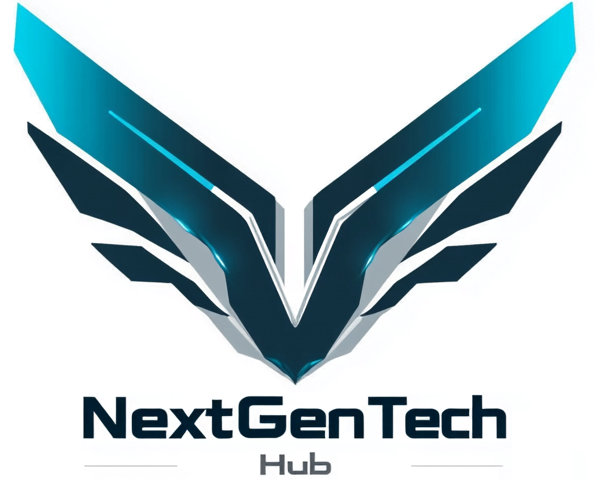Table of Contents:
- Introduction: The Urgent Need for Effective Time Management in AR Workshops
- Understanding Time Management in Augmented Reality Workshops
- Pre-Workshop Planning: Laying the Groundwork for Success
- Real-Time Management: Optimizing Workshop Flow
- Post-Workshop Follow-Up: Ensuring Long-Term Value
- Latest Tools and Products for AR Workshops (With Price Comparisons)
- FAQs
- Conclusion: Time Management as the Key to High-Impact AR Workshops
1. Introduction: The Urgent Need for Effective Time Management in Augmented Reality Workshops
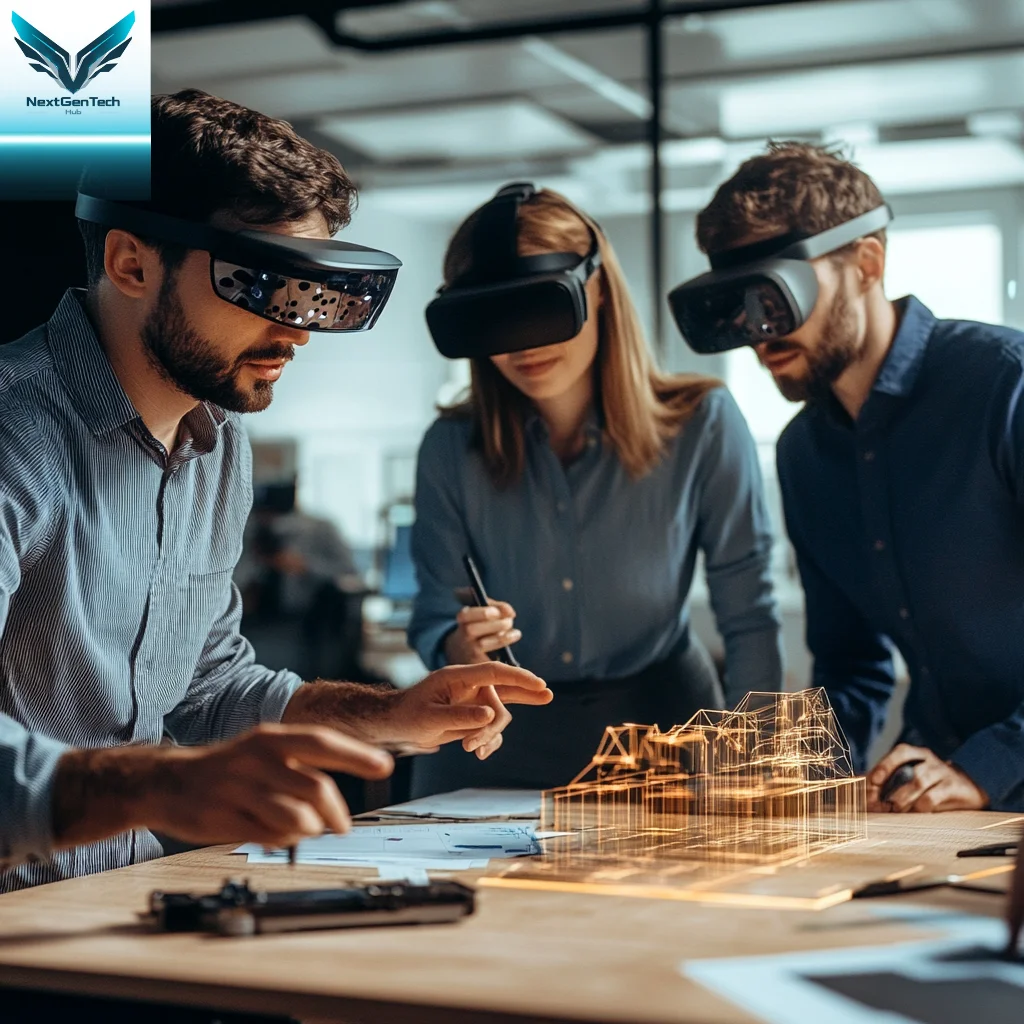
Augmented Reality (AR) is at the cutting edge of technology, revolutionizing various sectors, including education, training, marketing, and healthcare. AR workshops are a powerful way to immerse participants in hands-on learning experiences. However, as engaging as AR is, these workshops can easily spiral out of control without proper time management. Poor time management can lead to technical difficulties, participant frustration, and incomplete learning outcomes.
This comprehensive guide provides actionable strategies on how to manage time in AR workshops effectively. Whether you’re an educator, corporate trainer, or technology enthusiast, mastering time management will allow you to host impactful workshops that run smoothly. Along the way, we’ll include product recommendations, updated statistics, and practical examples to help you make informed decisions.
2. Understanding Time Management in Augmented Reality Workshops
a. Why Time Management Matters
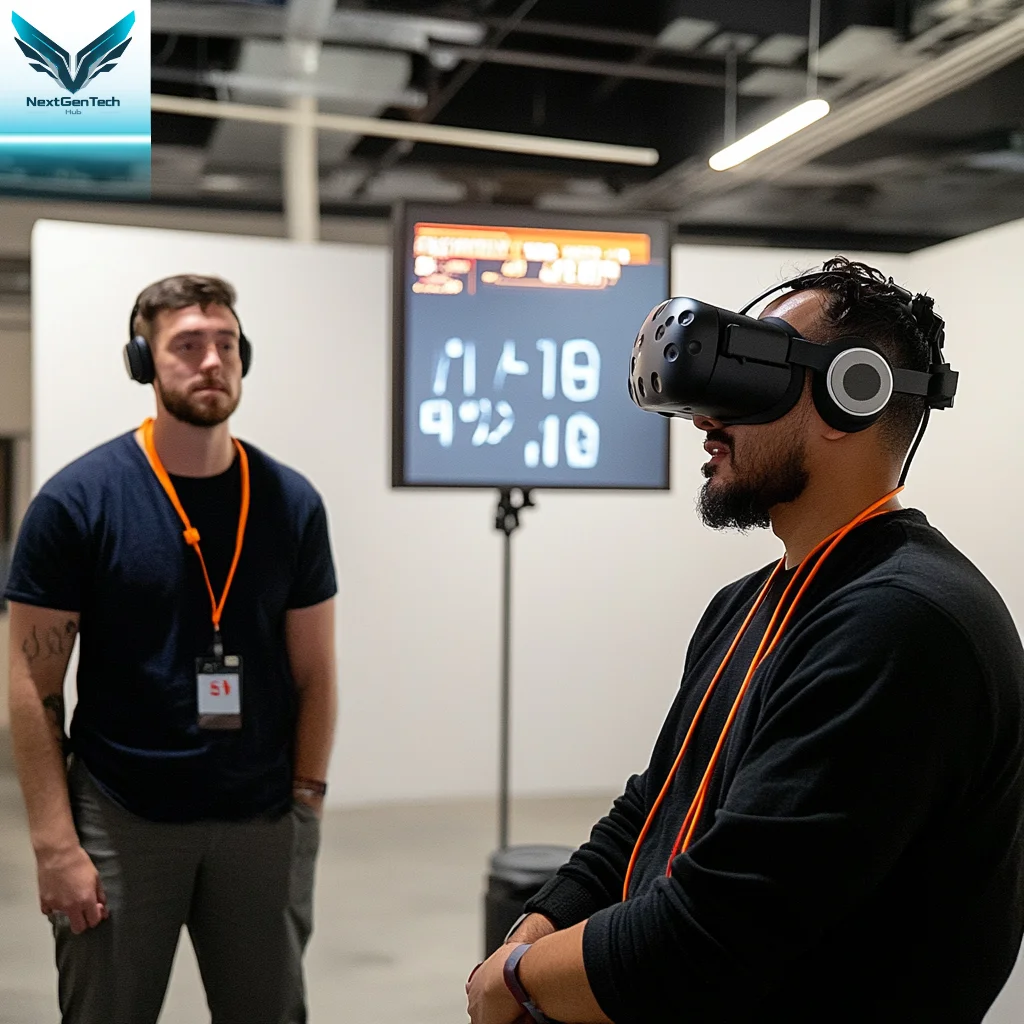
In Augmented Reality workshops, time management is the difference between a chaotic session and a well-executed learning experience. AR technology, while powerful, requires additional setup, troubleshooting, and adaptation time compared to traditional learning formats. Effective time management ensures that participants remain engaged, deadlines are met, and objectives are achieved.
Recent Statistics: According to a 2024 study by XR Insights, 68% of participants in Augmented Reality workshops rated the experience as less effective when sessions ran overtime by 20 minutes or more. On the other hand, 90% of participants reported a positive learning outcome when the workshop followed a well-structured time plan【source】.
b. Challenges in Augmented Reality Workshops
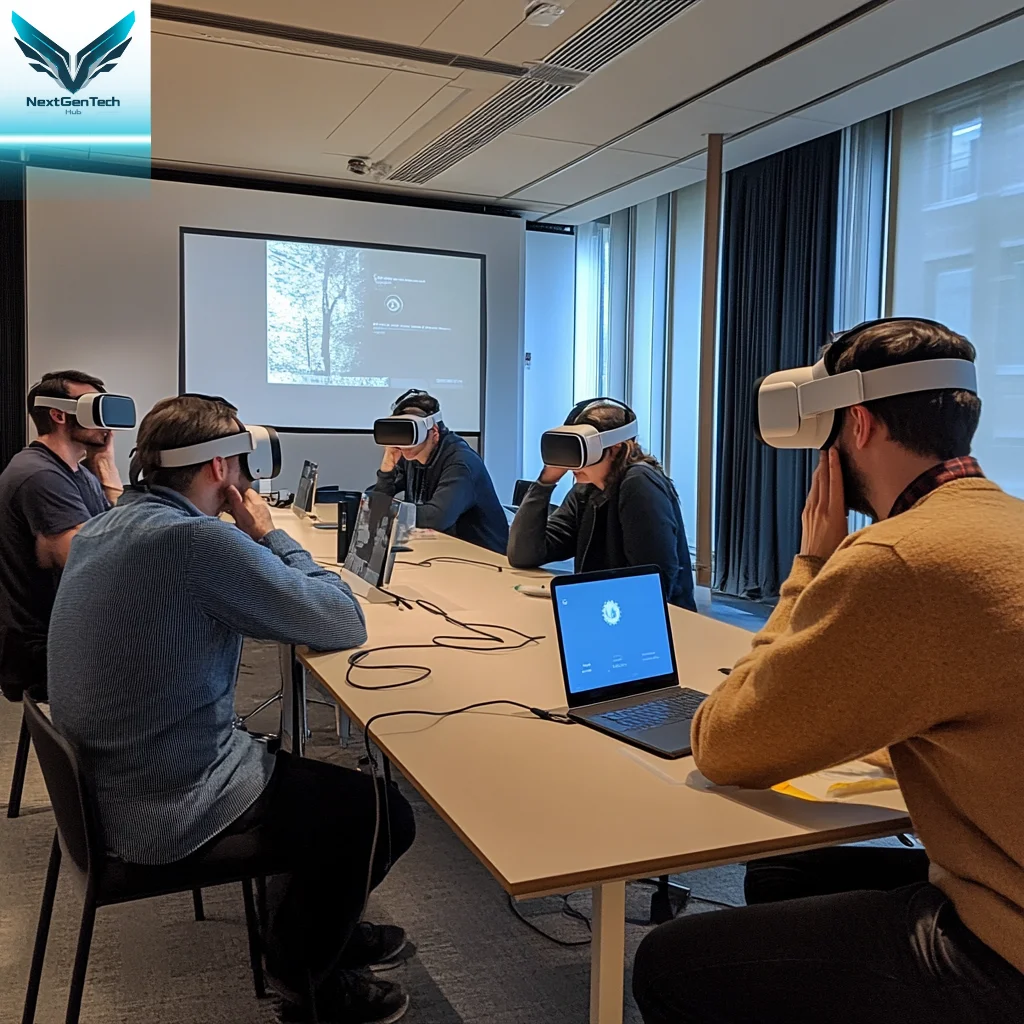
Augmented Reality workshops come with several challenges that can impact your ability to manage time effectively:
- Technical Setup: The AR devices, software, and related peripherals can require a significant amount of time for setup. For instance, calibrating Microsoft HoloLens 2 to the user’s environment can take anywhere from 5 to 15 minutes per device.
- Learning Curve: Not every participant may be familiar with Augmented Reality technology, and some may require additional assistance in navigating the tools.
- Software Updates: If devices or software need updates on the day of the workshop, this can delay the start time significantly.
- Complexity of AR Content: The more complex the Augmented Reality task, the more time participants will need to fully engage with and complete it.
3. Pre-Workshop Planning: Laying the Groundwork for Success
Effective time management starts long before the workshop begins. The planning phase is critical, as this is where you can anticipate challenges and structure the session to ensure a smooth flow.
a. Choosing the Right Augmented Reality Tools
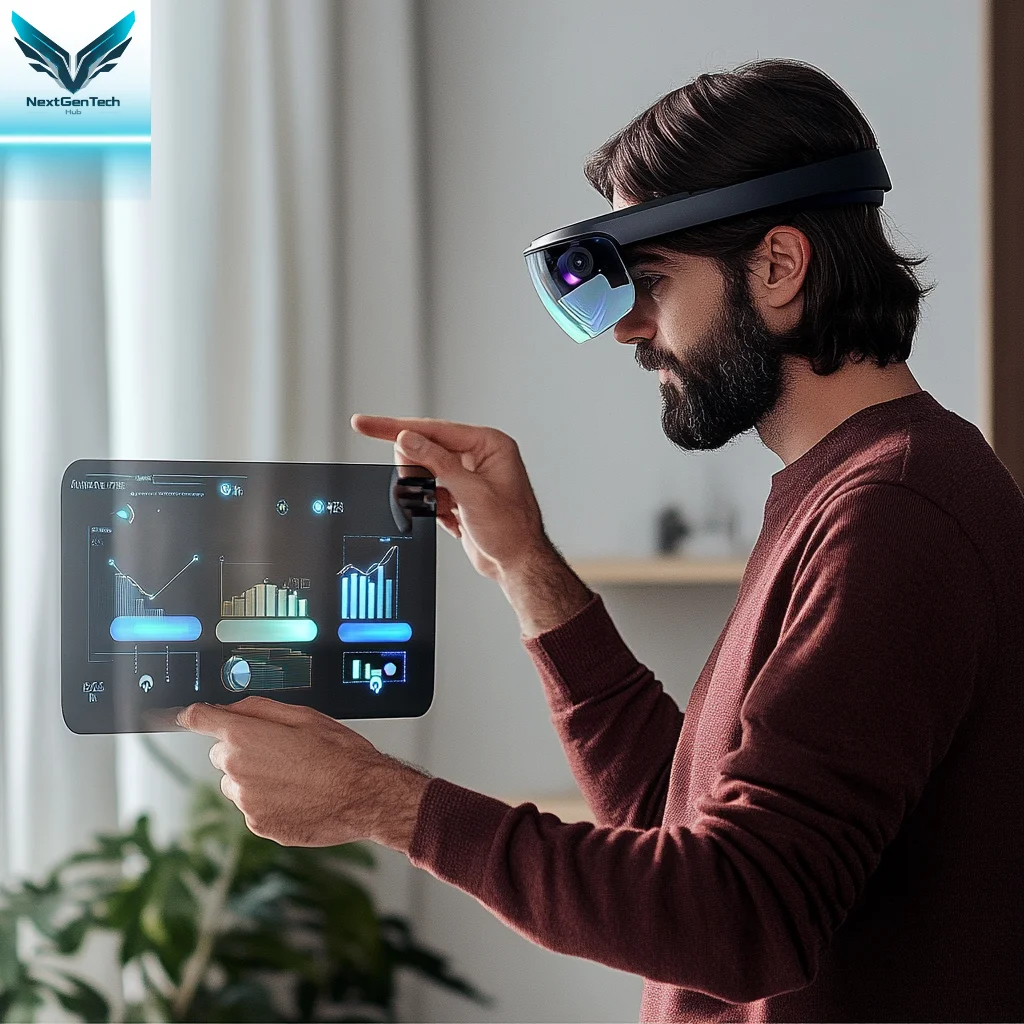
The tools you use in an AR workshop directly affect how much time participants spend learning the technology versus engaging with the content. The right tools should be easy to use, reliable, and fit the objectives of the workshop.
Here are the most up-to-date tools available for Augmented Reality workshops:
- Microsoft HoloLens 2
- Price: $3,500
- Features: HoloLens 2 is a leader in the AR market with advanced features like hand-tracking, voice recognition, and collaborative AR experiences. It allows users to manipulate 3D objects in real-time, making it ideal for workshops in fields like architecture, healthcare, and design.
- Time-Saving Aspect: Its intuitive interface and natural interaction tools reduce the learning curve, allowing participants to focus more on workshop tasks rather than figuring out how to operate the device.
- Comparison: While the Magic Leap 1 is also popular ($2,295), it lacks the highly intuitive hand-tracking features of the HoloLens, leading to longer setup times and additional instruction requirements for participants.
- Google ARCore
- Price: Free
- Features: ARCore is Google’s software development kit that enables Augmented Reality experiences on Android devices. It’s an excellent tool for creating mobile AR experiences, making it highly accessible for workshops where participants use their smartphones.
- Time-Saving Aspect: ARCore’s seamless integration with Android devices ensures minimal setup time. Participants can download and start using Augmented Reality applications almost immediately, cutting down on workshop preparation time.
- Comparison: Apple’s ARKit offers similar functionality but is limited to iOS devices, which might pose compatibility issues in workshops with participants using mixed platforms.
b. Crafting a Time-Efficient Workshop Schedule
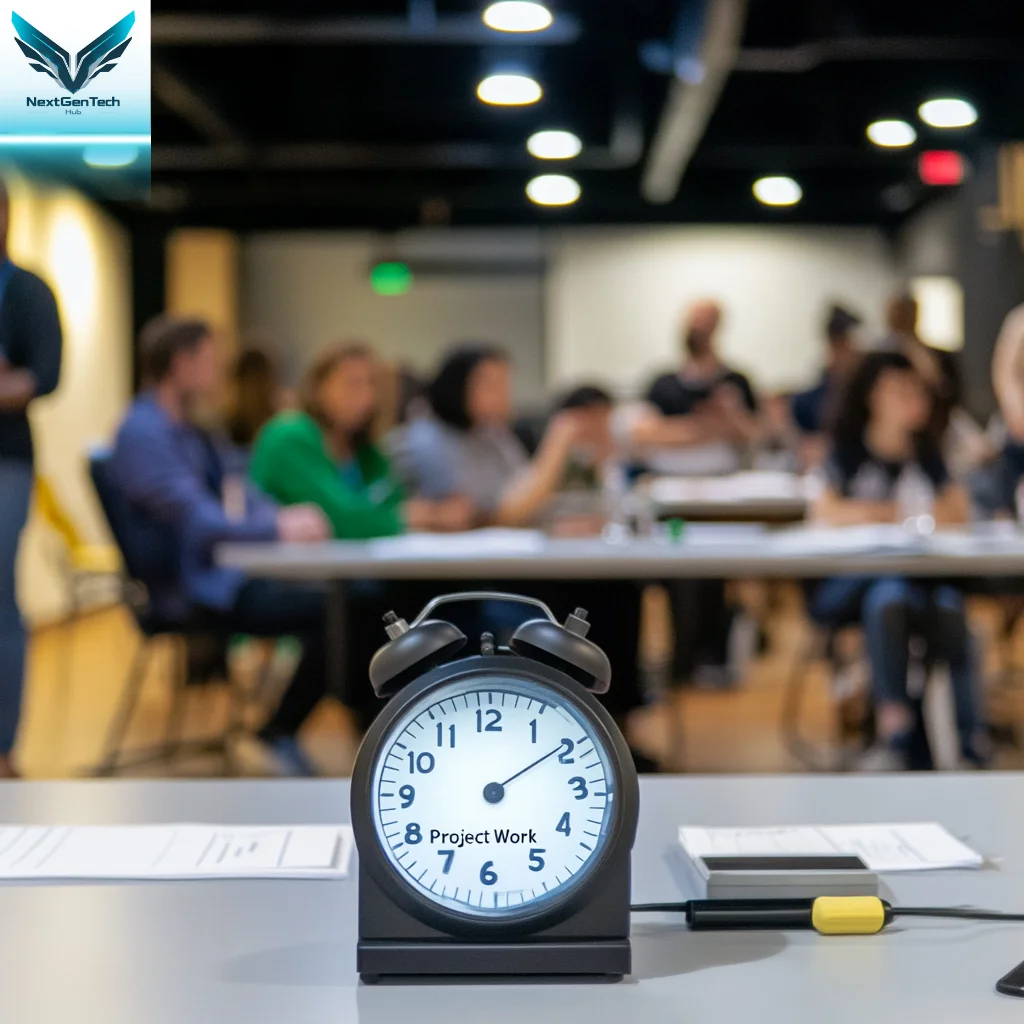
Creating a well-structured schedule is essential to managing time in AR workshops. A carefully crafted agenda ensures that each part of the workshop has a set duration, allowing participants to remain focused and on-task throughout the event.
Here is a recommended time-efficient schedule for a 3-hour AR workshop:
| Agenda Section | Duration | Focus Area |
|---|---|---|
| Introduction | 10 minutes | Welcome participants and explain workshop objectives |
| AR Tools Overview | 15 minutes | Quick demonstration of AR devices and software |
| Interactive Tutorial | 20 minutes | Hands-on session with AR tools |
| Guided Project Work | 60 minutes | Participants work on a predefined AR project |
| Break | 10 minutes | A short break for participants to refresh |
| Q&A and Troubleshooting | 20 minutes | Answer questions and assist with technical difficulties |
| Group Presentations | 30 minutes | Participants showcase their AR projects |
| Feedback & Closing | 15 minutes | Collect feedback and outline next steps |
Tip: Always leave buffer time in each session for unexpected delays, such as technical issues or slower learning curves. For instance, adding a 10-minute buffer after the Augmented Reality Tools Overview can help participants who may need extra time to get acquainted with the equipment.
4. Real-Time Management: Optimizing Workshop Flow

Once the workshop begins, real-time management becomes crucial to ensure that everything runs smoothly and stays on schedule.
a. Managing Tool Interactions and Transitions
Augmented Reality workshops involve participants frequently transitioning between tasks, such as learning to use AR hardware, applying that knowledge in hands-on projects, and collaborating with other participants. These transitions need to be managed efficiently to prevent downtime and maintain momentum.
Key Strategies for Managing Transitions:
- Assign Clear Instructions: Before starting each task, give participants clear instructions on what they need to accomplish and how much time they have. For example, during the guided project work, instruct participants to complete specific milestones within 15-minute intervals.
- Use Visual Timers: Tools like Toggl Track (available for $9/month) can be used to display timers during the workshop, helping participants stay aware of how much time they have left for each task.
b. Keeping Participants Engaged Without Overloading
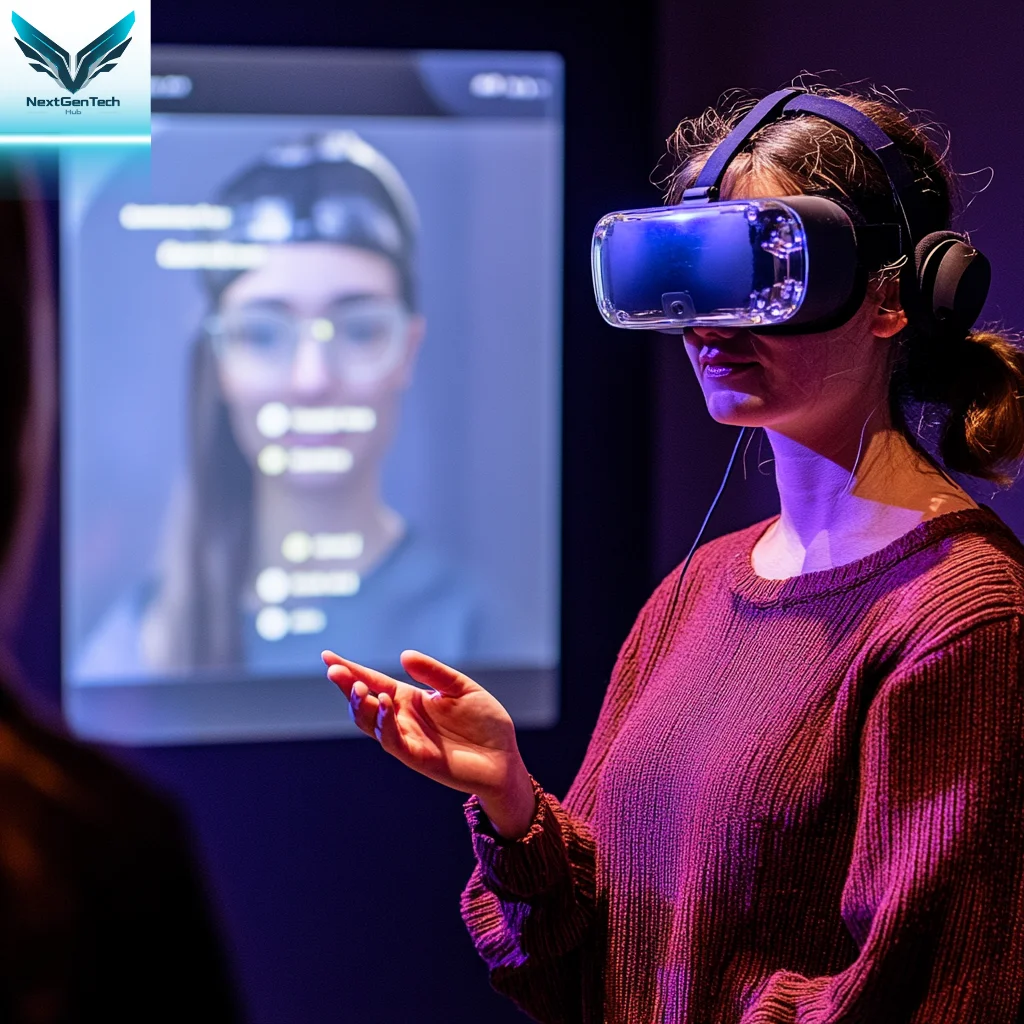
Engagement is essential in Augmented Reality workshops, but there’s a fine line between keeping participants engaged and overwhelming them. To avoid cognitive overload, break tasks into manageable chunks and incorporate regular breaks.
Engagement Techniques:
- Interactive Polls: Use tools like Mentimeter ($9.99/month) to run real-time polls. For instance, after a project work session, ask participants to vote on the most challenging aspect of the task. This interaction keeps participants engaged and provides you with valuable feedback.
- Breakout Sessions: Divide participants into smaller groups for collaborative tasks. These 10-15 minute sessions foster discussion and keep participants actively engaged without overloading them with too much information at once.
Recent Study: A 2023 study by Immersive Learning Alliance found that Augmented Reality workshops with frequent, short interactive segments saw a 25% improvement in participant retention rates compared to workshops that relied solely on lectures…
5. Post-Workshop Follow-Up: Ensuring Long-Term Value
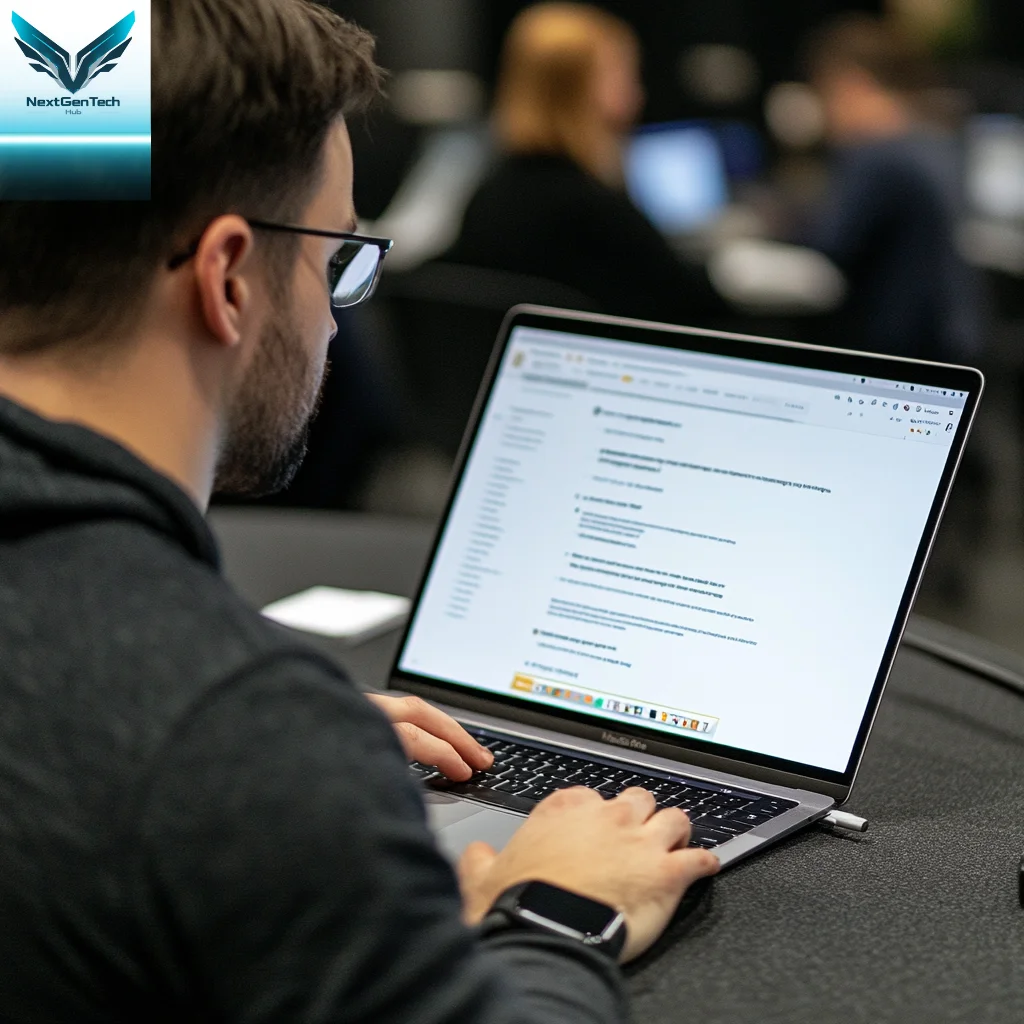
Once the workshop is over, the process of managing time doesn’t end. A strong post-workshop follow-up can help solidify the lessons learned and extend the value of the workshop.
Here’s how to follow up effectively:
- Send a Summary Email: Within 24 hours, send participants a detailed summary of the workshop, including key takeaways and any additional resources they can explore. This email serves as a reinforcement of the material and helps maintain engagement after the event.
- Gather Feedback: Use a platform like Google Forms (free) or SurveyMonkey ($25/month) to collect participant feedback. Ask specific questions about time management, such as whether they felt rushed or whether there was enough time for hands-on activities.
- Offer Extra Resources: Provide participants with links to additional tutorials, articles, and videos that can help them further develop their Augmented Reality skills. You can also include a link to a YouTube playlist featuring related content.
Statistic Insight: A 2023 survey by XR Learning Institute revealed that workshops with follow-up emails had 35% higher participant satisfaction compared to those that didn’t provide any post-event engagement【source】.
6. Latest Tools and Products for Augmented Reality Workshops (With Price Comparisons)
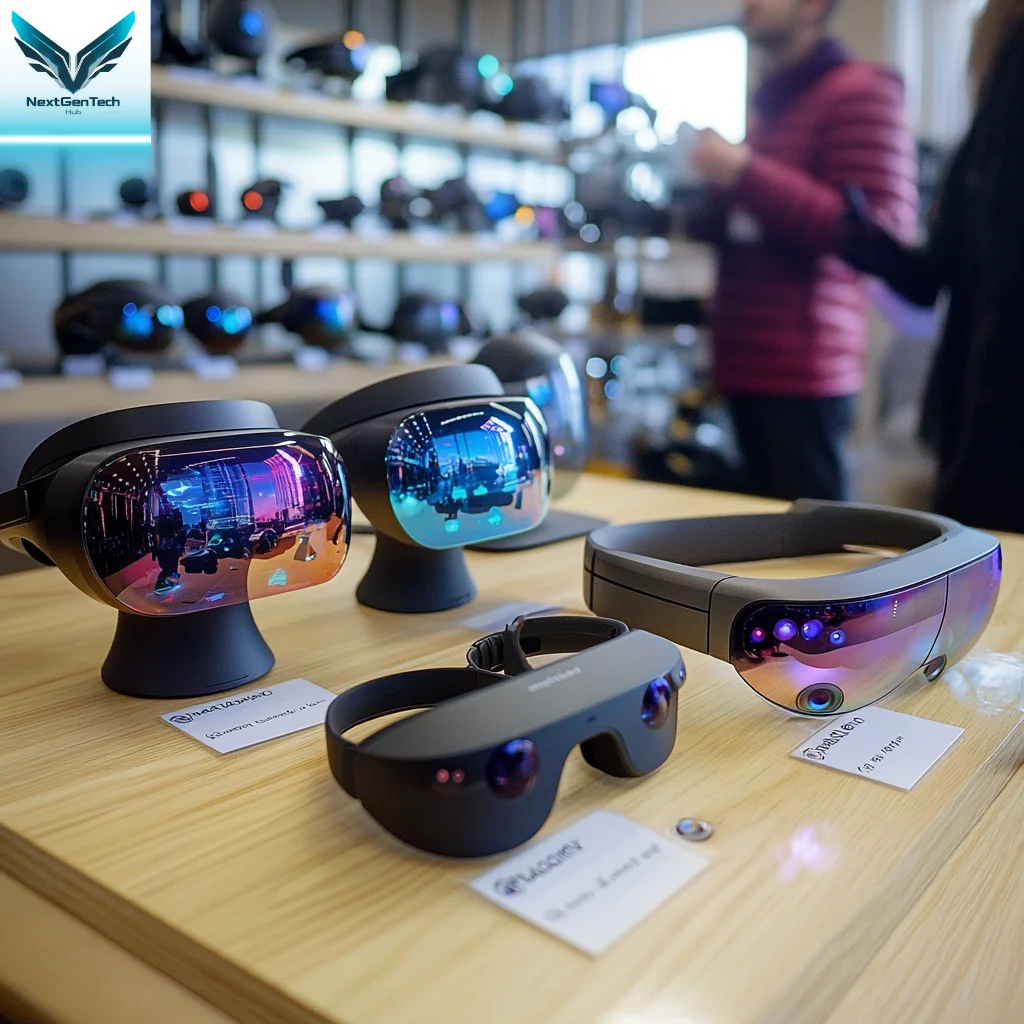
Using the right tools in your AR workshop can significantly affect how well you manage time. Here is an updated comparison of the most reliable Augmented Reality tools and products for 2024:
| Product | Price | Key Features | Best For |
|---|---|---|---|
| Microsoft HoloLens 2 | $3,500 | Advanced hand-tracking, voice control, collaborative Augmented Reality | Advanced, high-budget workshops |
| Magic Leap 1 | $2,295 | Immersive visual experience, easy setup | Design-focused, mid-budget workshops |
| Google ARCore | Free | Mobile AR development, cross-platform compatibility | Budget-friendly, mobile workshops |
| Apple ARKit | Free | High-performance AR for iOS devices | iOS-only, mobile-focused workshops |
| Toggl Track | $9/month | Time-tracking, real-time timer display | Monitoring and managing workshop time |
| Mentimeter | $9.99/month | Real-time polling and participant interaction tools | Keeping participants engaged |
7. FAQs
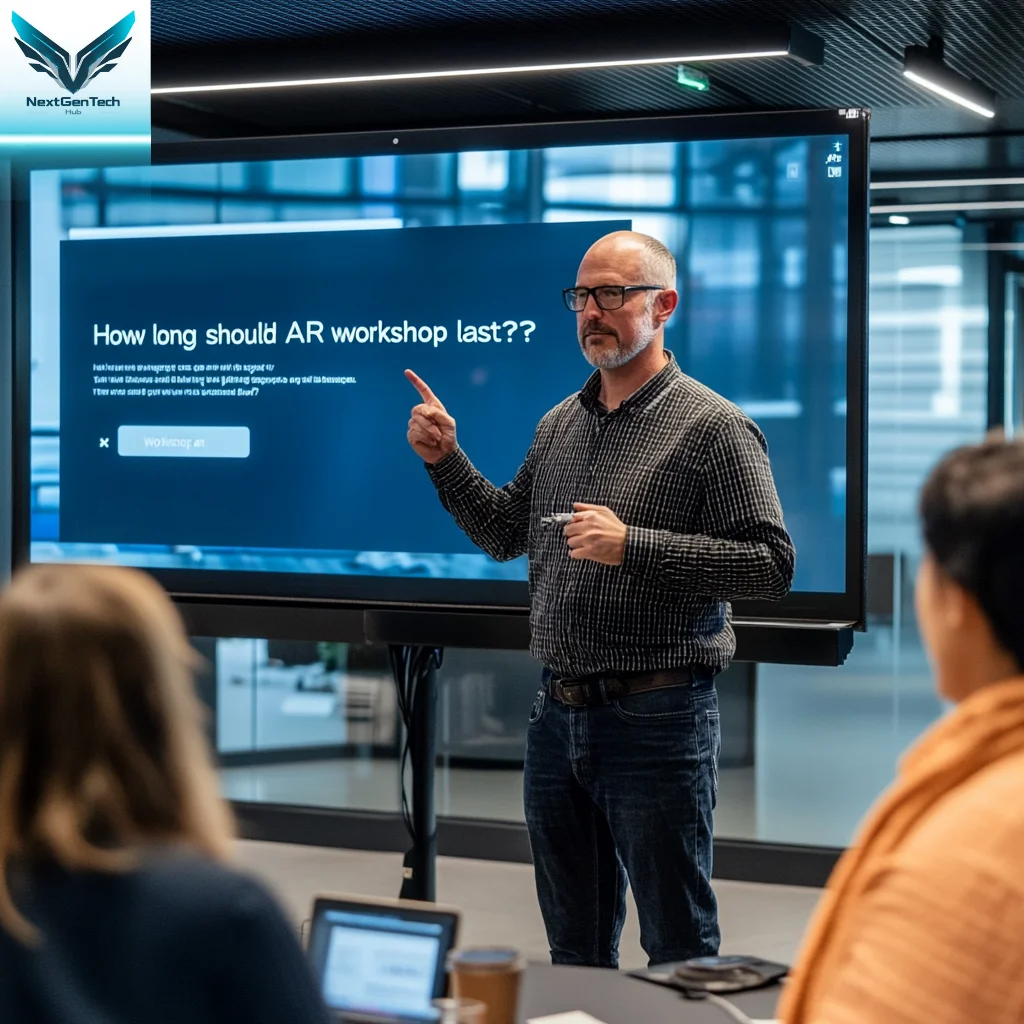
Q1: How long should an AR workshop last? A: A typical Augmented Reality workshop should last between 2 to 3 hours to allow ample time for learning, hands-on activities, and participant interaction. Depending on the complexity of the workshop, you may want to extend it to a full day, but always build in breaks and buffer time.
Q2: What’s the biggest challenge in managing time in an AR workshop? A: The biggest challenge is dealing with unexpected technical issues, such as software bugs or hardware malfunctions. This is why it’s essential to always have a buffer time of 10-15 minutes for troubleshooting.
Q3: What AR tools are best for beginners? A: For beginners, Google ARCore and Apple ARKit are excellent options, as they are free and easy to set up. Both platforms allow participants to use their smartphones, reducing the need for specialized equipment.
8. Conclusion: Time Management as the Key to High-Impact Augmented Reality Workshops
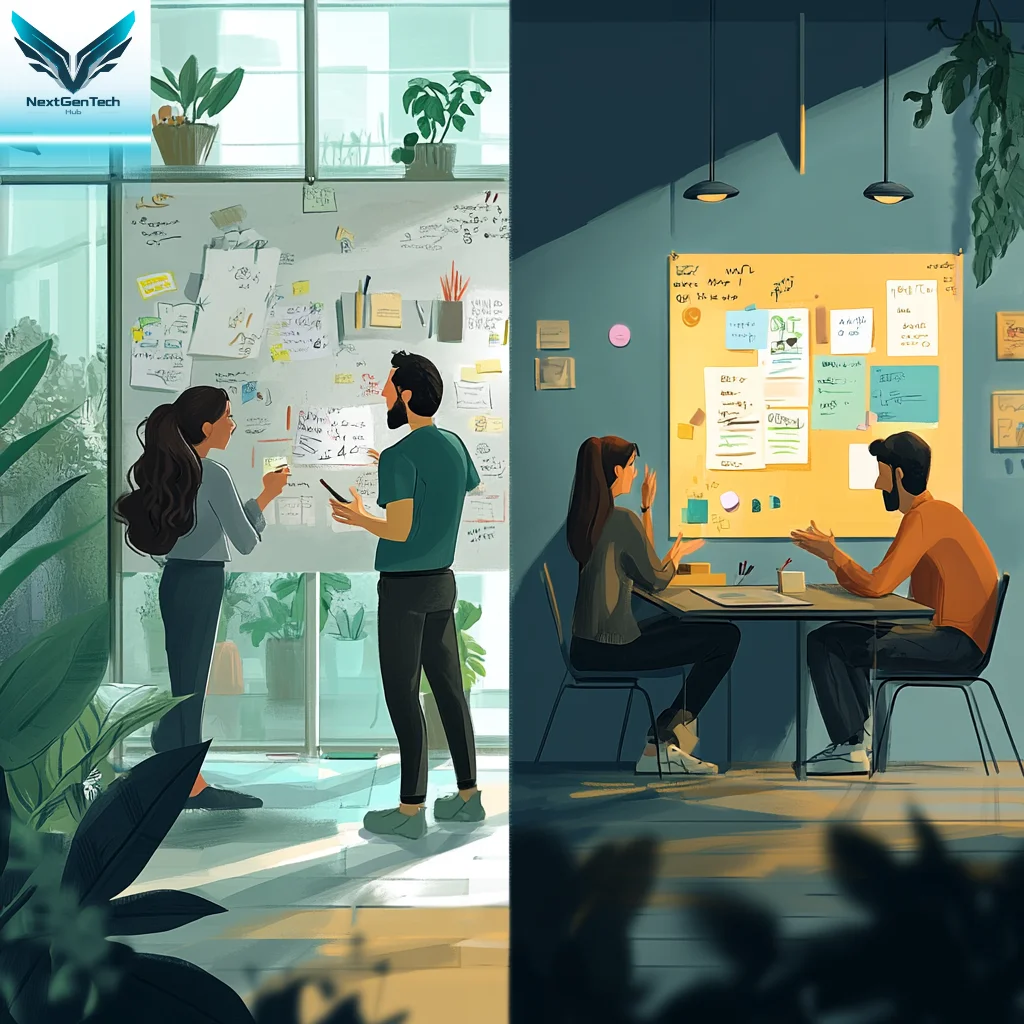
Effective time management is the backbone of any successful AR workshop. By carefully planning your agenda, selecting the right tools, and engaging participants without overwhelming them, you can create a time-efficient, impactful learning experience. Post-workshop follow-up further reinforces the lessons learned and helps participants continue to grow their AR skills.
With the strategies outlined in this article, you can ensure that your Augmented Reality workshops run smoothly, leaving participants satisfied and eager for more.
